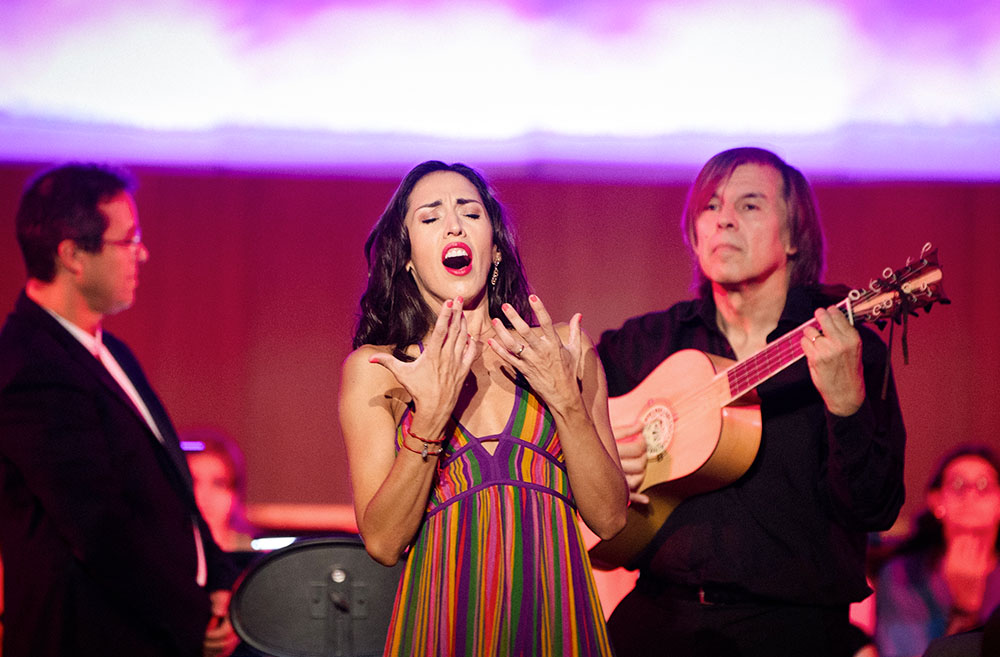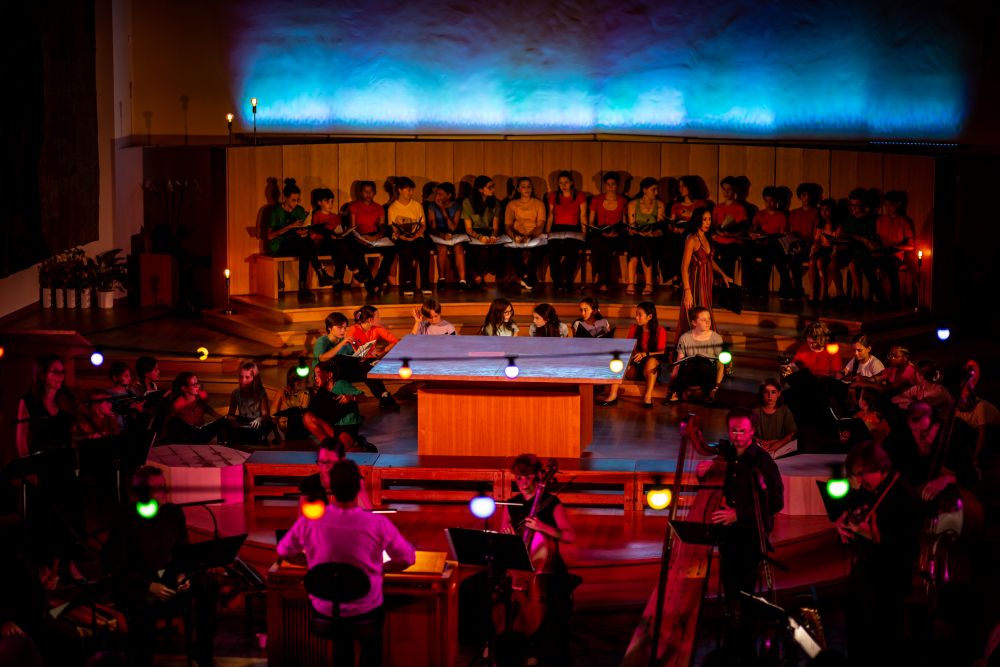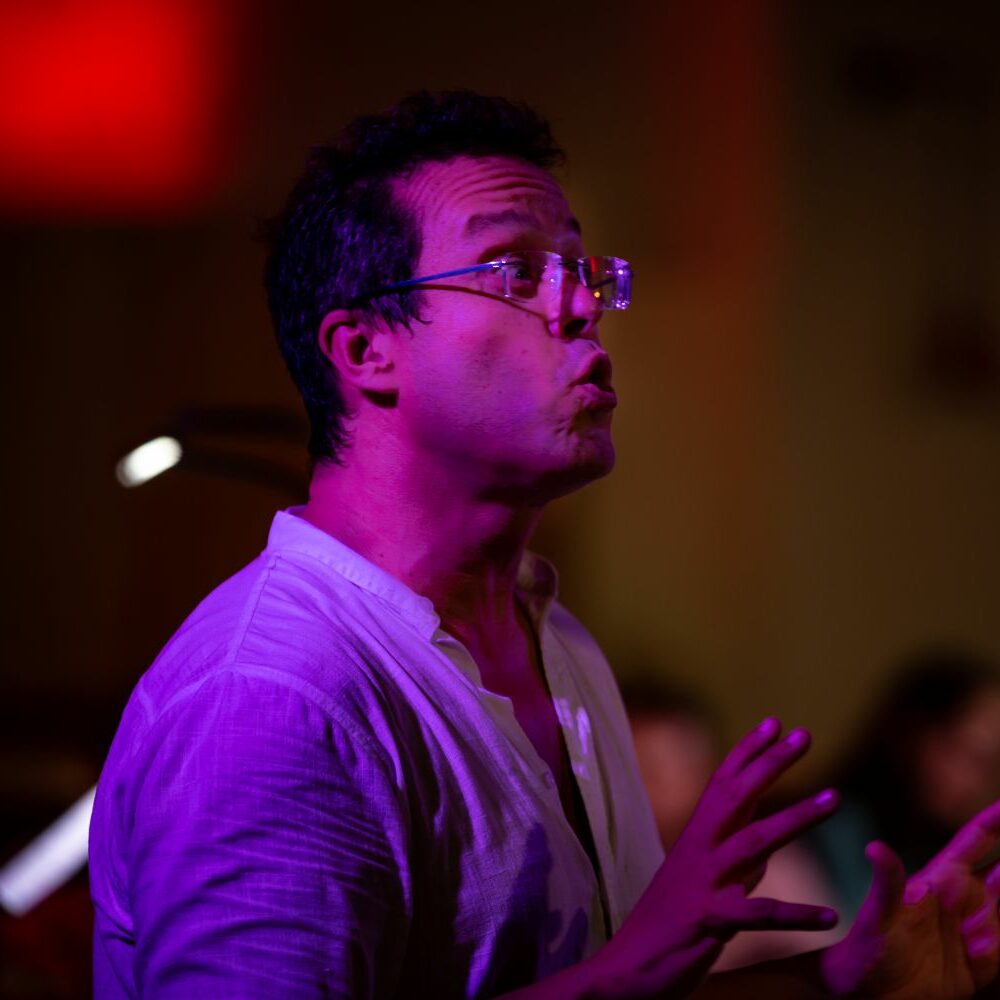


During the eighteenth century, taxonomists and naturalists were seeking to classify people, facts and events, according to ethnical criterias In his Codex, Bishop Jaime Baltasar Martínez Compañon applies these same principles to music, classifying and identifying the most significant contributions of Baroque music to the oral tradition in Northern Peru. In order to understand how music evolved and developed from the time of the Incas to present day, we can turn to Spanish chronicles written at the end of the sixteenth century and the beginning of the seventeenth century. As for the growth of Afro-Creole music, we have examined studies on eighteenth-century documents and observed how the form, instrumentation and performance style of the music described in the chronicles has evolved today.

Yyaî Jesuchristo (Dulce Jesús mío)
Anonymous author (ca.1740) / Archivo misional jesuítico de Chiquitos – Bolivia
Sonata “Pastoreta Ychepe Flauta” pour flute, strings and basso continuo
Anonymus author (ca. 1740) / Archivo misional jesuítico de Chiquitos – Bolivia
Vaya de Xacara amigos
Raphael Antonio Castellanos (Antigua Guatemala, 1765 – Ciudad de Guatemala, 1791)
Codex “Baltasar Martínez Compañón”
Anonymous author (ca. 1785) / Diócesis de Trujillo – Pérou
Alleluia
Anonymous author (18th century) – Santiago de Guatemala
No duermas
Carlos Patiño (Cuenca – Espagne / 1600-1675)
Codex “Baltasar Martínez Compañón”
Lamentatio Jeremiae
Tomás de Torrejón y Velasco (1644 – 1728)
Codex “Baltasar Martínez Compañón”
Mariana Flores, soprano
Maîtrise du Conservatoire populaire de musique, danse et théâtre de Genève
Magali Dami and Fruzsina Szuromi, chorimasters
Hiraku Iwakawa, Andean flute
Quito Gato, guitar et arrangments
Cappella Mediterranea
Leonardo García-Alarcón, organ and musical direction


20h00
Auditorium de Radio France
Paris, France
20h30
La Cité Bleue
Geneva, Switzerland